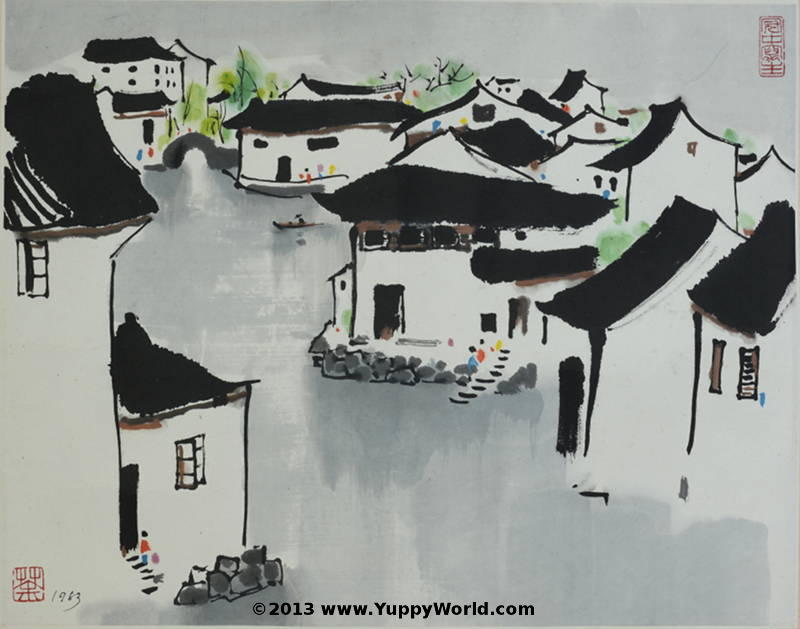
Original Ink Painting by Wu Guan Zhong – Zhu Jia Jiao
Size: 43cm x 34cm
Seals: 冠中写生 (“Guanzhong sketches”) and 荼 (“Scribble”)
Dated: 1983
This painting was purchased from Loong Hua Arts & Crafts Pte Ltd during the 1980s.
In 1988, Chinese painter Wu Guanzhong held his first art exhibition in Singapore, we were in attendance and requested the artist to autograph this painting. In order to preserve the front of the artwork, we asked for his autograph on the reverse side, and he readily obliged.
Other than his signature and the date, he also wrote a few words, which translates from Chinese to “Happy to see (my) old work”.
This is an original painting and not a limited edition print.
Literature:
Wu Guanzhong Art Collection, p.36 Rong Bao Zhai, June 1987 First Edition

